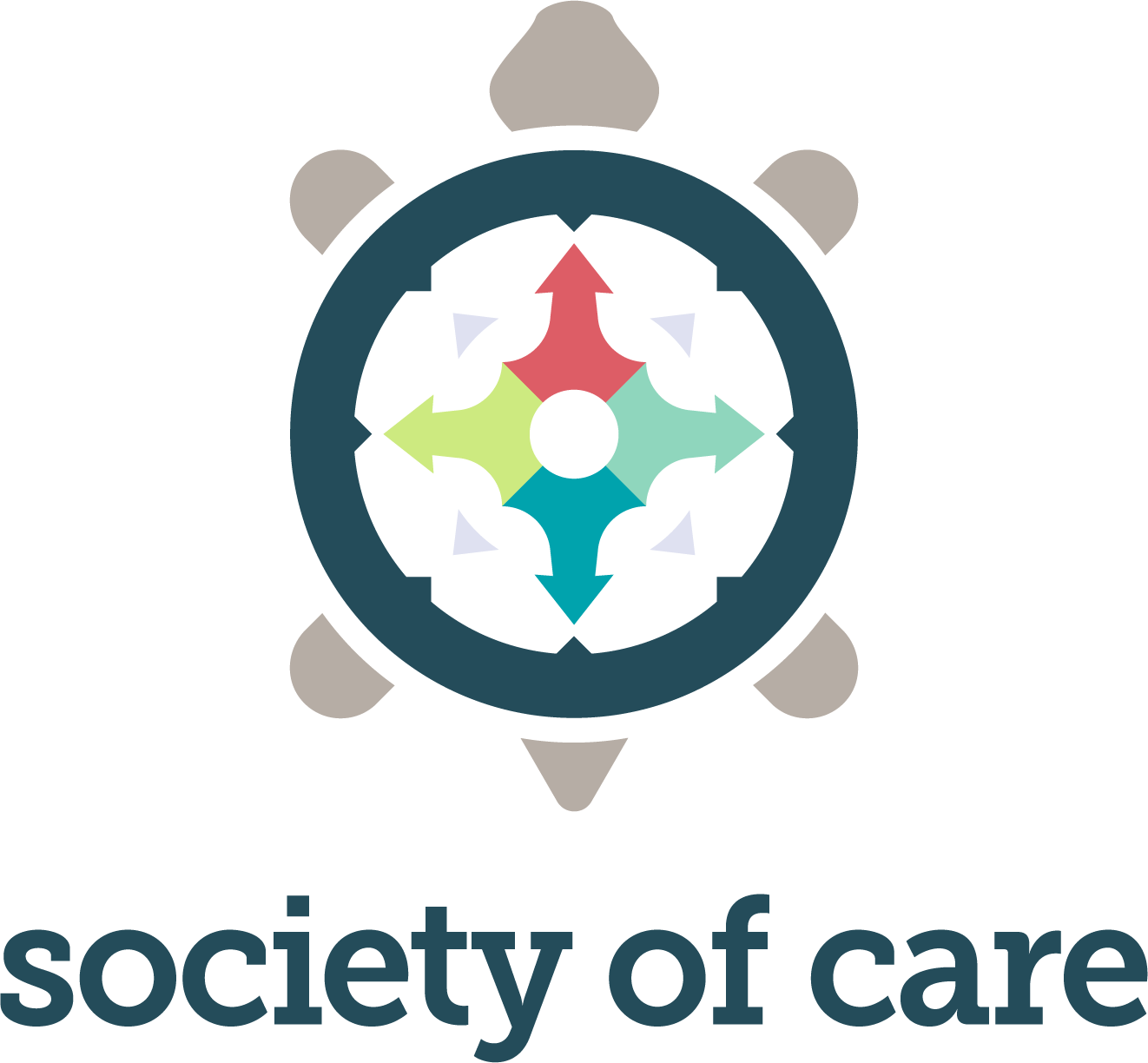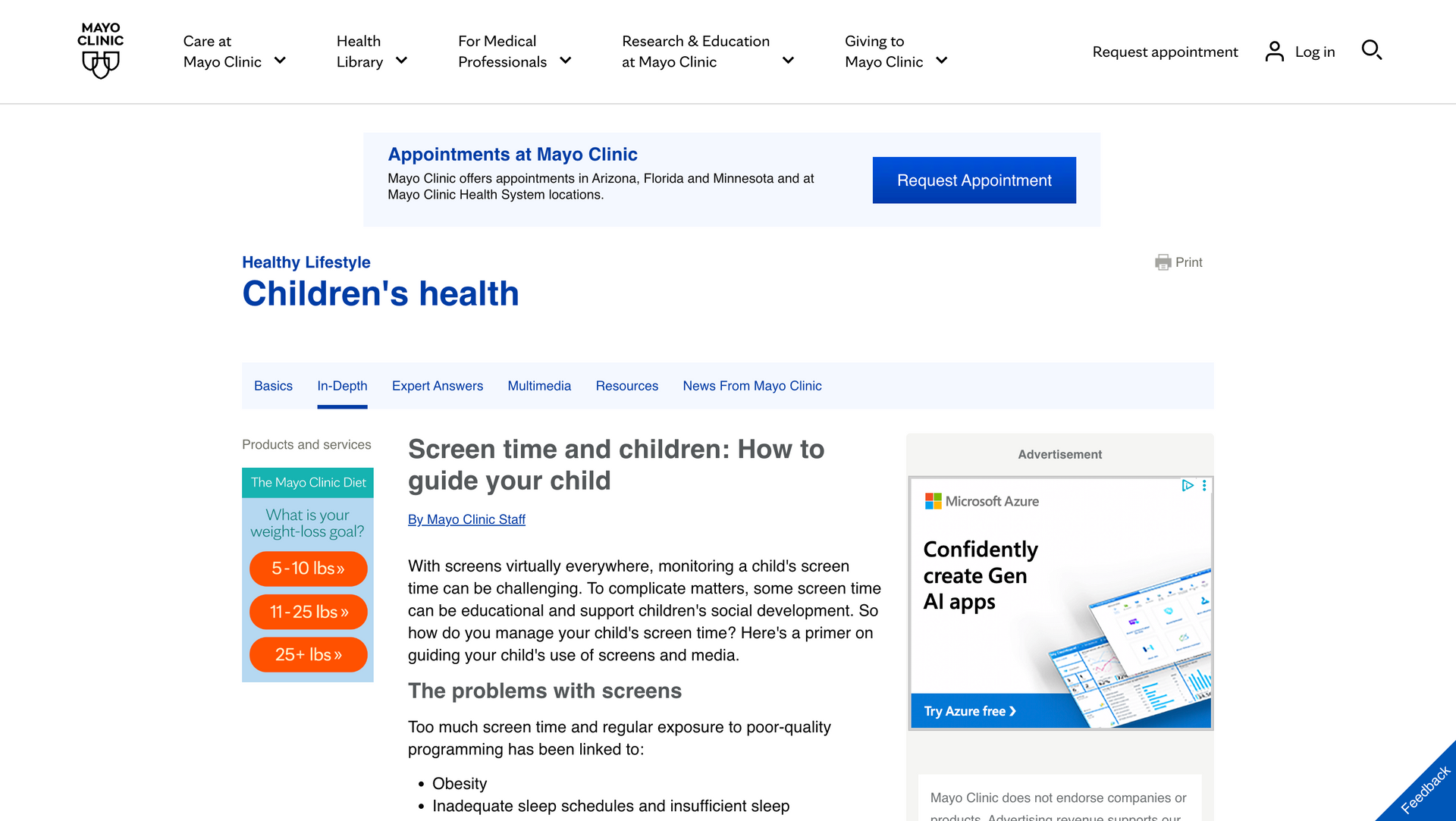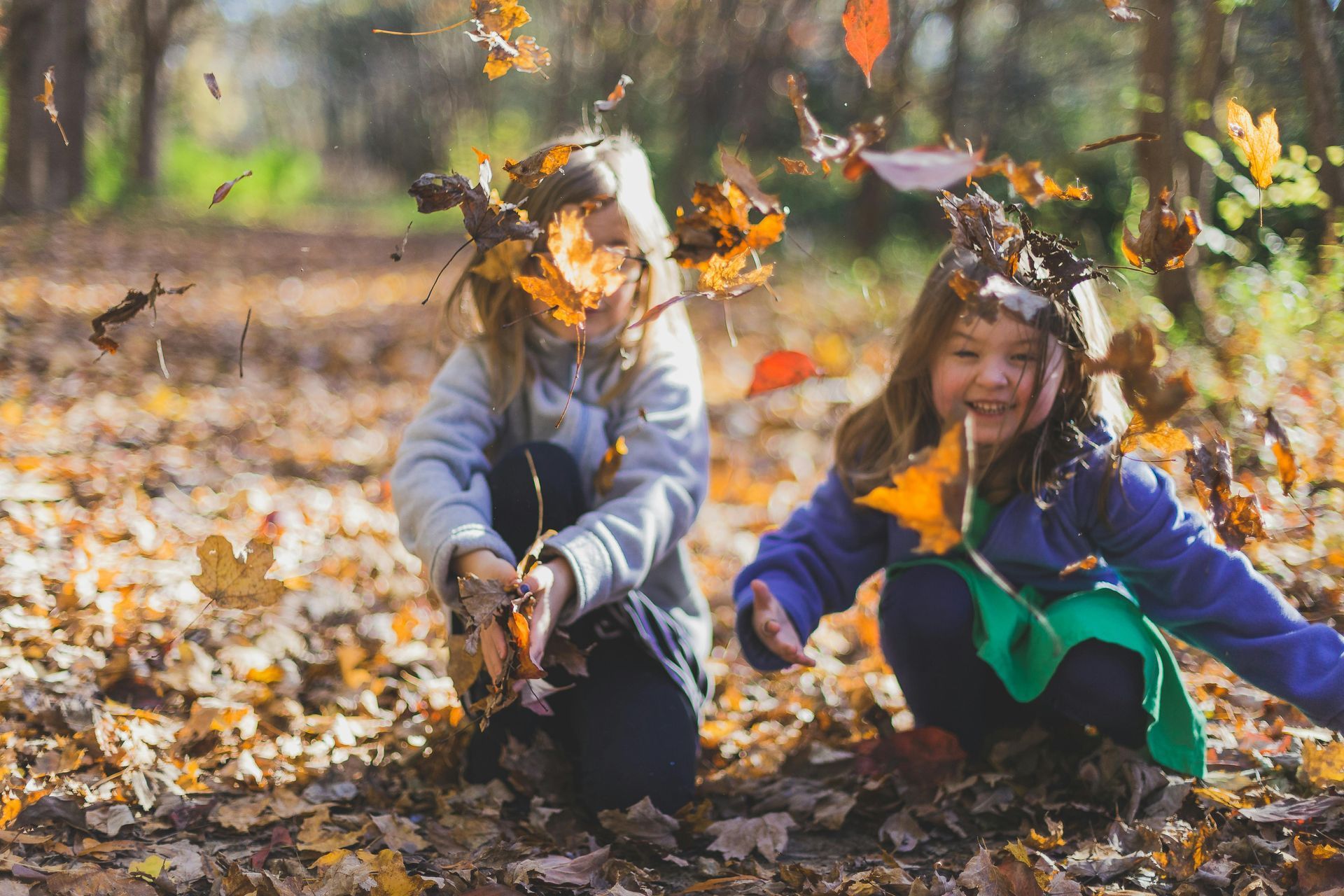Balancing Screen Time and Study Time This School Year
Between online learning tools, smartphones, and entertainment apps, screens are a constant part of daily life. For children and teens, digital devices can be both a valuable resource and a major distraction, especially during the school year. Striking a healthy balance between screen time and study time helps kids stay focused, rested, and emotionally well.
For caregivers, managing screen use isn’t about strict limits or punishment. It’s about teaching healthy habits that encourage kids to be mindful of how they spend their time. With the right structure and consistent support, children can learn to enjoy technology without letting it take over their routines or their attention.
1. Set Clear and Consistent Boundaries
Children thrive on predictability, and that includes their digital habits. Establish simple, realistic rules around screen use and communicate them clearly. For example, “no screens until after homework is complete,” or “no more than 30 minutes of gaming after dinner.” These guidelines work best when they’re specific, consistent, and followed by everyone in the household.
Consistency builds trust, but flexibility matters too. Some days will call for more screen use, like completing a school project online, while others can include more family or outdoor time. You can even involve children in setting these limits so they understand the “why” behind them. When expectations are predictable and fair, kids are less likely to resist or argue.
It also helps to create family “no-screen” zones, such as mealtimes, car rides, or an hour before bedtime. These tech-free windows encourage real conversation, better sleep, and stronger relationships.
2. Encourage Purposeful Screen Time
Not all screen time is created equal. Some forms of technology can be educational and enriching, while others simply fill time without adding value. Encourage your child to use screens for meaningful activities such as learning apps, creative digital tools, or educational videos, rather than endless scrolling or passive viewing.
Ask questions that prompt intention, like, “What do you want to watch or play today, and why?” or “How does this help you learn or relax?” Teaching children to think before turning on a device helps them take ownership of their choices. This doesn’t mean eliminating fun, but rather helping them recognize the difference between using technology to create, learn, or connect versus using it to avoid or distract.
You can also introduce the concept of "digital balance".
Using technology for both learning and leisure, but in healthy amounts. Help them see that technology is a tool to enhance life, not replace real experiences.
3. Create a Study Environment Free from Distractions
A quiet, organized workspace makes a world of difference in how well children focus. During study time, remove unnecessary devices or distractions. Phones, gaming consoles, and TVs should be kept out of reach unless they are part of the assignment. Even background noise or message notifications can break concentration and make it harder for kids to return to their task.
If digital resources are necessary for homework, use features that minimize interruptions. Many devices now include “focus modes” or parental settings that block alerts and limit app access during specific hours. For younger children, using printed materials or offline study methods can also help build focus without the constant pull of screens.
Caregivers can support this by creating a routine study schedule, ideally in a space that feels dedicated to learning. When studying happens in the same place and time each day, it signals the brain that it’s time to focus.
4. Be a Role Model for Balance
Children learn far more from what we do than what we say. When caregivers demonstrate healthy tech habits, like putting the phone down during meals or keeping screens out of the bedroom, kids take notice. Modeling balance shows them that adults also set boundaries for themselves, and that managing technology is a lifelong skill.
You can also make it a family challenge. Try a “tech-free evening” once a week, where everyone participates in an activity together like cooking dinner, playing a board game, or going for a walk. Turning limits into shared experiences helps reframe boundaries as opportunities for connection rather than restrictions.
If you catch yourself struggling to step away from your own device, that’s an opportunity to be honest about it. Saying something like, “I’ve been on my phone a lot today, I think I need a break,” shows children that self-awareness is part of balance.
5. Offer Alternatives That Engage Their Attention
Sometimes the best way to manage screen time is by giving children something equally engaging to do. Encourage activities that keep both their minds and bodies active like outdoor play, art projects, reading, or learning a new skill. For older kids, volunteering, helping in the kitchen, or joining a club can all be fulfilling alternatives.
Caregivers can make this easier by having a “go-to list” of activities ready for downtime. When a child says, “I’m bored,” it’s helpful to have a few ideas at hand, whether that’s building a fort, biking, baking, or even helping plan a family outing. Over time, they’ll learn to turn to creative play or physical activity rather than reaching for a screen by default.
6. Keep Communication Open
Screen time can become a source of tension if it turns into constant correction. Instead, make it an ongoing conversation. Ask children what they enjoy about certain apps or games, what makes them feel good, and what sometimes doesn’t. These discussions help you understand their digital world while showing that you’re interested in their experiences, not just monitoring them.
Be curious, not critical. If they’re upset about losing a game or frustrated by online interactions, talk through those emotions. Helping them reflect on their digital experiences strengthens their emotional intelligence and builds trust.
Finding the Right Balance
There’s no single formula for managing screen time that fits every family. What matters most is awareness, communication, and consistency. When caregivers approach technology with empathy and structure, children are more likely to develop balance naturally.
Healthy screen habits don’t happen overnight, they develop through small, consistent choices that teach self-control, purpose, and awareness. Over time, children will learn to manage technology on their own, making thoughtful decisions about when and how to engage with it. Those lessons will serve them well into adulthood, in a world where balance is one of the most valuable skills they can have.
Looking for more simple, supportive tools for the loved ones in your care? Enjoy these additional resources and explore our blog for ideas that help you nurture connection, one moment at a time. Or, Join our mailing list where we share more resources that accompany our blog posts.
Join Our Mailing List












